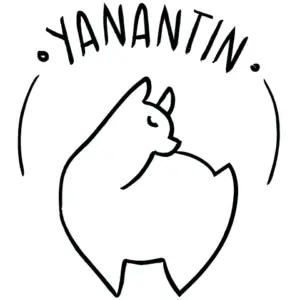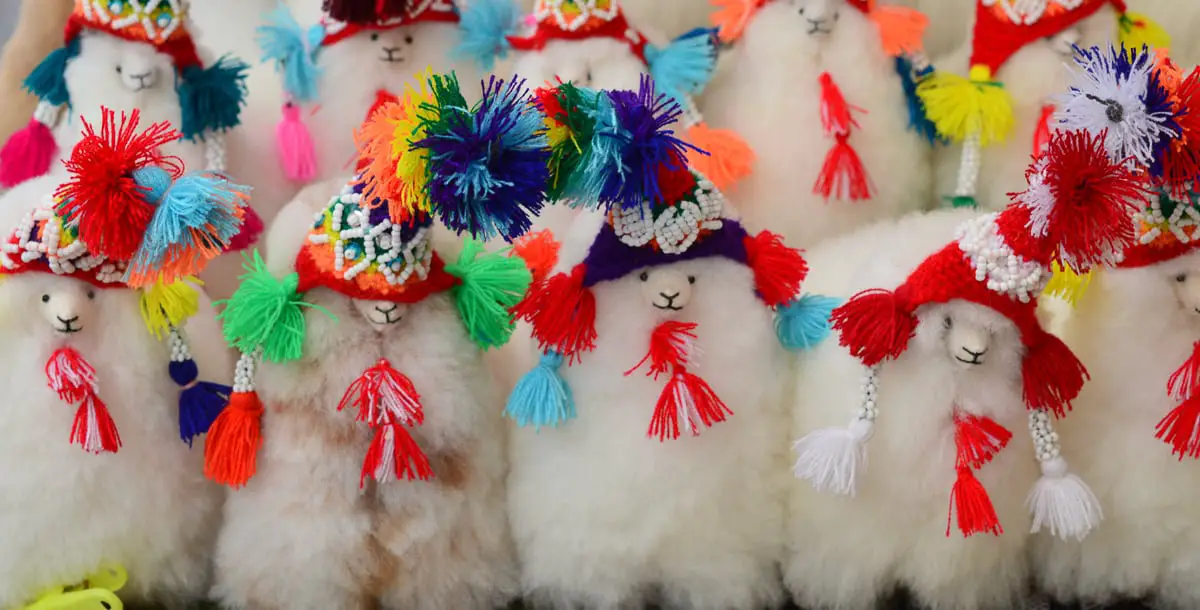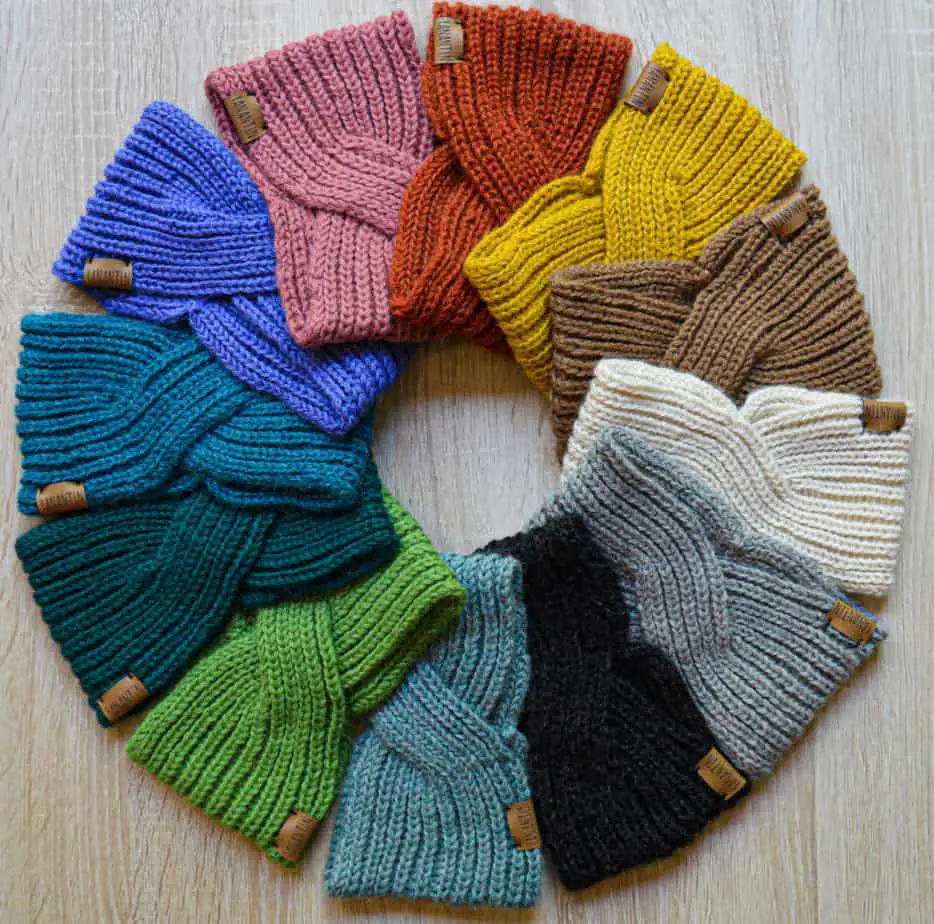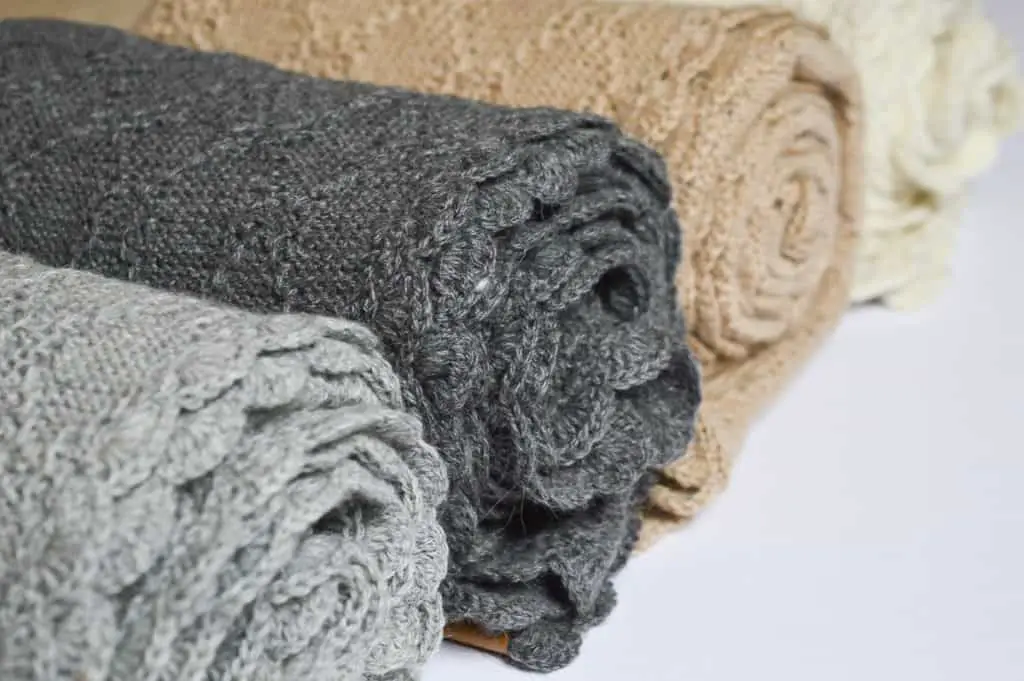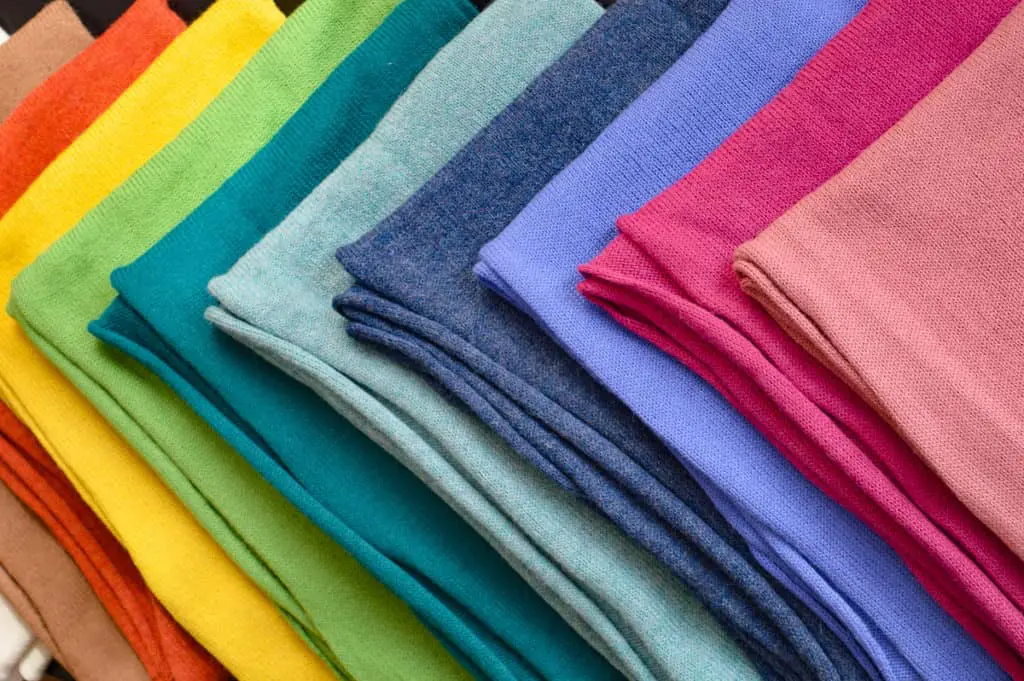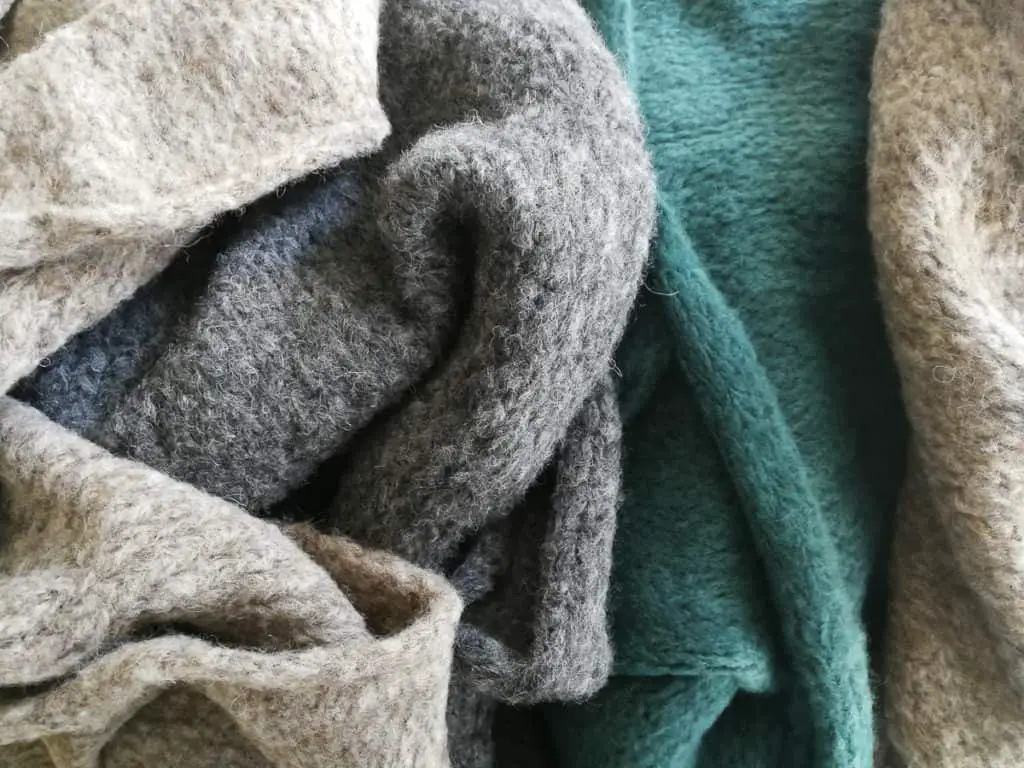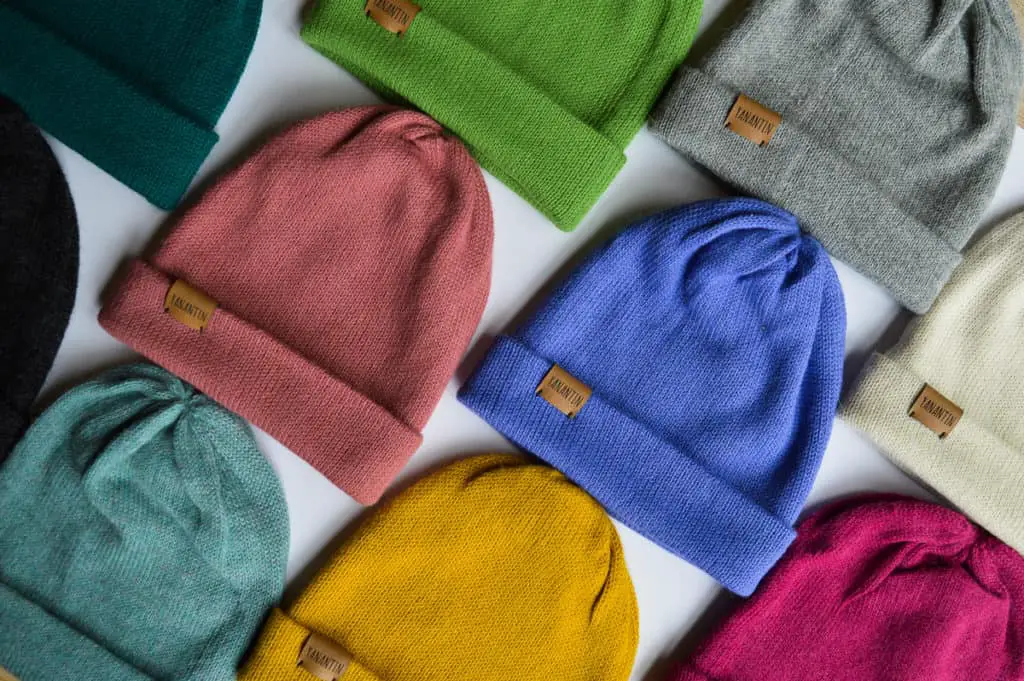In today’s world it is hard to know where things come from. And when you do know, it is hard to be sure whether your materials are http://pedrocabiya.com/ha_libro/ ethically obtained or not. You might be happy to hear that alpaca wool is known to be ethicaland involves much careful, manual labor.
neurontin 300mg Alpaca wool comes from the alpaca, a South American camelid. It is shorn once a year, a process that includes sorting beforehand, shearing with a hand-used razor, and afterwards the fleece is carded, spun, washed, and air-dried. The shearing process is ethical and animal friendly and often done with indigenous methods.
Obviously, this is a short answer. Let’s take a closer look at the steps that are involved to transform a fluffy alpaca into an ethicallyknitted alpaca woolen product.
Let’s Start At The Beginning: Where Does Alpaca Wool Come From?
Alpaca wool is a fiber that comes from an animal called an alpaca. It is native to South America (mainly Peru, Bolivia and Chile) and its fur is known for its high qualities, like softness and durability.
The list of qualities attributed to alpaca wool is super interesting, and I have written an entire article about them:
Click here if you’re curious to find out more about the Qualities of Alpaca Wool!
Within the category of alpacas there are two different species: the suri alpaca and the huacaya alpaca (read more about it on Wikipedia). The huacaya alpaca is the most common one. It is the classic, fluffy, funky, sheep-alike animal that produces a very soft and silky kind of wool. Hair from the huacaya alpaca does not have much of a crimp and is therefore very suitable for weaving techniques.
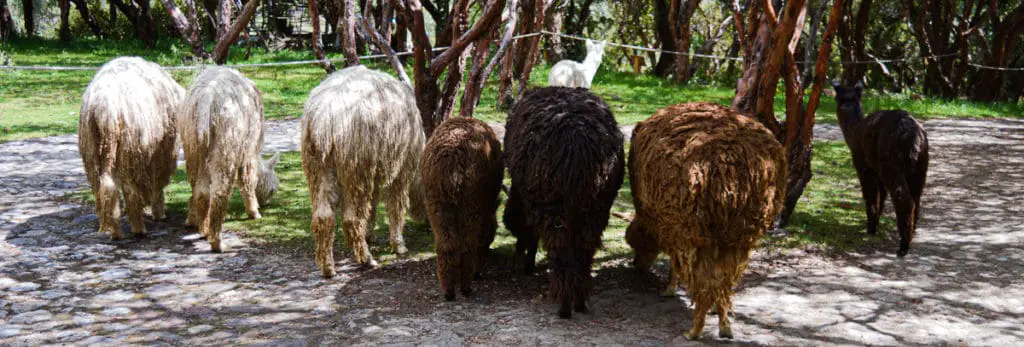
Then, there is the suri alpaca. You will recognize this fellow by its shaggy hair. While these alpacas look as if they urgently need a bath, their hair can actually be thinner and more precious than their huacaya family members. The wool of a suri alpaca is also more elastic which makes it more convenient for knitting.
Before The Processing: What Is Alpaca Wool?
Alpaca fiber is actually more similar to hair, not wool. It has a hollow fiber and a scale-like texture.
For alpaca wool to keep all its qualities, it is important that the wool is treated carefully. The process therefore is labor intensive and includes much careful, manual labor. In South America, people have been working with alpaca wool for centuries and they have the perfect set of skills to process alpaca wool in a natural, efficient, and animal friendly way.
According to the Programa Alianza en Energía y Ambiente con la Región Andina (AEA) alpacas come in 24 different colors, from pitch black to plain white and every shade of grey and brown in between. This wide range of natural colors are a great source for manufacturers, and limits the need for dyeing.
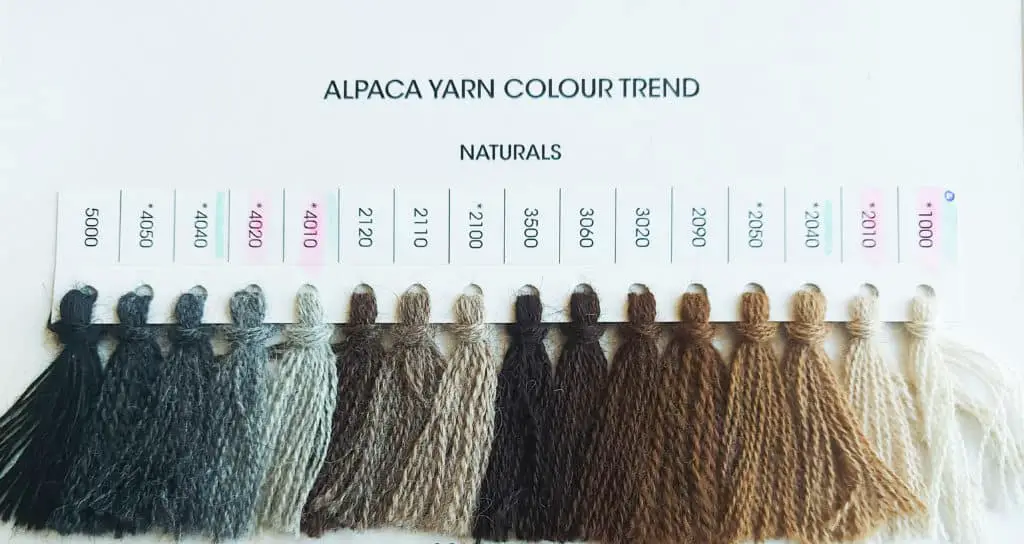
Alpacas are shorn once a year. In order to maintain high quality wool, their fur has to be long enough to get one big fleece in the first cut of shearing. Generally, 7 centimeters will do for high quality wool, and this is the amount that alpacas will be able to grow easily within a year’s time.
Is it Cruel to Shear Alpacas?
Honestly, alpacas may not enjoy the experience, but once their fluffy coat has been taken off they will be thankful for it.
The reason why alpacas are constrained is to make sure they are NOT harmed during the process. This means that the process itself is not harmful for the animals. Key is to complete the process as quickly and smoothly as possible to put as little stress on the animals as possible.
According to Aragon Alpacas, what actually causes the stress is the noise of the shearing machine, rather than the fear of actually being shorn. It is not uncommon that one of the shearers will get spit in the face, but hey… That’s only fair, right?!
According to Science Daily, it is not the act of shearing that makes the animals stress out. It is the restraining that makes them tense (indicated by an increase in stress hormones).
Therefore, it does help to keep an alpaca standing up straight to release the amount of stress put on the animal. However, this is only possible when they are calm enough to begin with (which they will grow to be over time).
Pregnant Alpacas
Alpacas are treated in such a careful manner that it is not a problem for pregnant alpacas to be shorn. As long as the treatment of the animals is gentle, there is no harm done to them.
Step 1: Preparing the Shearing Process
Before the shearing can even begin, it is important that the wool is dry. This means that an alpaca must be kept inside or underneath a roof for at least 24 hours before the procedure. If an alpaca’s fur is wet, it is more likely to keep more dust or mud in its fleece. A dry alpaca is cleaner and produces therefore higher quality wool.
It is also important that the animals are sorted by their color, breed, and age.
To shear an alpaca, you will need to make sure that the animal is bound. According to PubMed.org, some, perhaps more experienced, alpacas will calmly undergo the process in a restraint standing position. This may sound harsh, but if the animal gets scared it may make sudden movements that can cause it more damage.
The animal is therefore put down on sacks, with its feet tied and stretched out. Again, this doesn’t hurt the animal, it keeps it from making sudden movements and prevents it from hurting itself. So, if the animal shows any signs of stress or anxiety, it is best that it is restraint on the ground or on a special shearing table to prevent injuries.
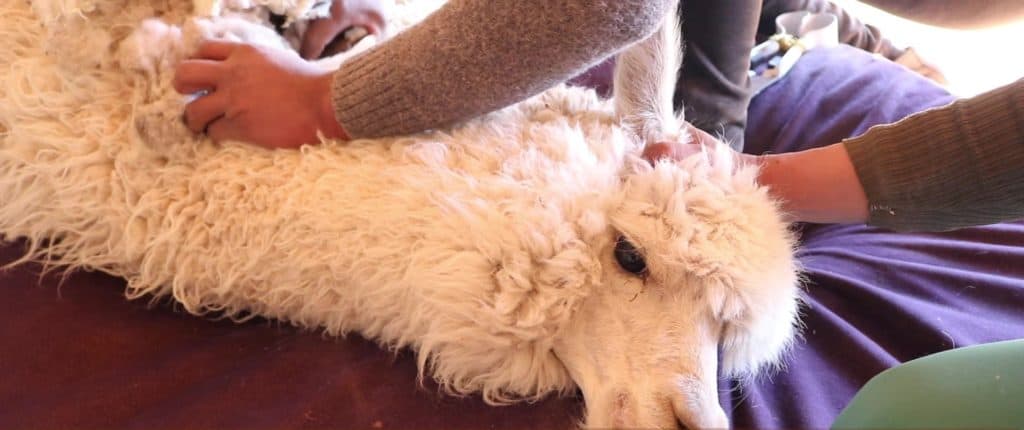
For the alpaca’s sake, its caretakers are often involved in the process. They will caress it and talk to the animal to make it feel more comfortable and at ease.
Step 2: Shearing
So the shearing begins…
Once the animal is tranquilized and attached, the shearing can begin. To maintain the quality of alpaca wool, it is important that the wool is shorn off in one cut. This means that during the shearing process there is no going back and forth, rather, only one long haul. When the shaving is done well, it creates one big fleece that will not include shorter pieces of hair due to second cuts.
Longer pieces of wool make for a higher quality of wool, as smaller pieces of wool can cause the wool to become thinner and tear apart.
According to Aragon Apacas, an experienced shearer will be able to do this in a matter of minutes. Everyone working with alpacas will use a small, hand-used razor that is animal friendly and won’t cut or hurt the alpaca. There is always one person holding the alpaca’s head down.
Then, the shearing itself is done from the lower belly to the back, and on to the spine, to the other side (the alpaca is rotated here), and back down to the belly. This technique creates that one big fleece, which is then gathered in a bag (the first cut).
The second part includes shearing the neck and legs, of which the wool is put in a separate bag because it will be shorter (the second cut).
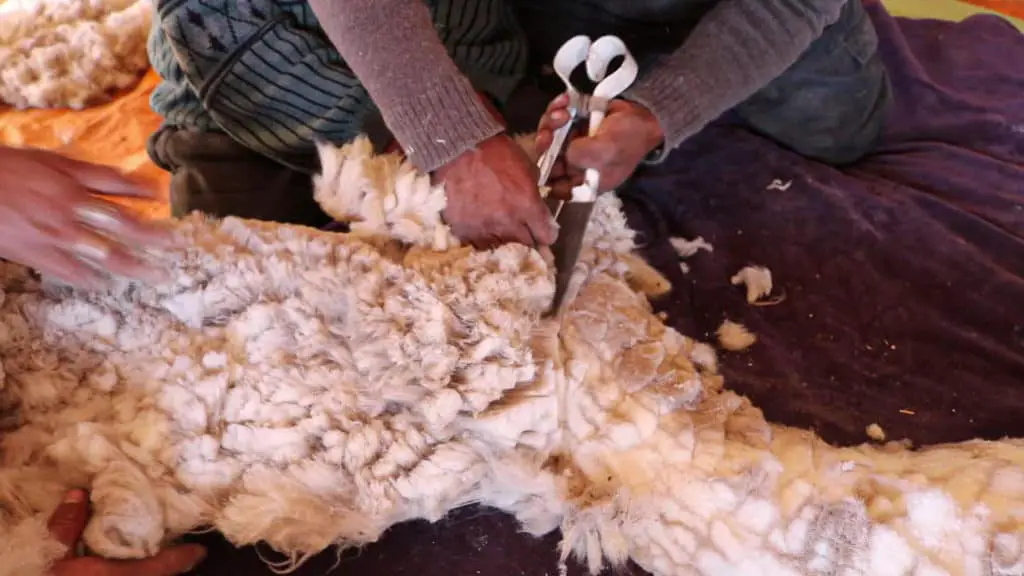
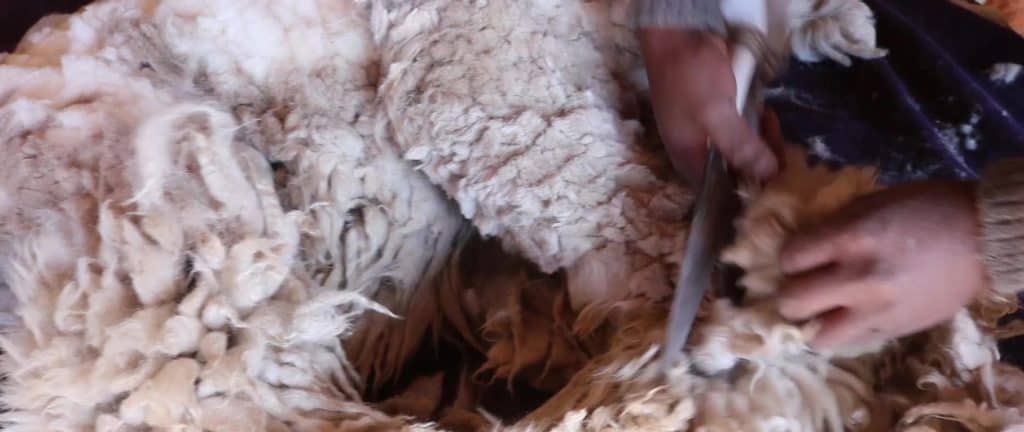
Step 3: Sorting and Carding
As soon as the alpaca is set free again, the sorting of the hair will need to happen. This is a manual activity and in South America, it is often done by women. Their precision and attention to detail trumps that of machines.
First, the fleece will be spread out on the floor (or on sacks), so that shorter, thicker or uneven pieces of hair can be taken out.
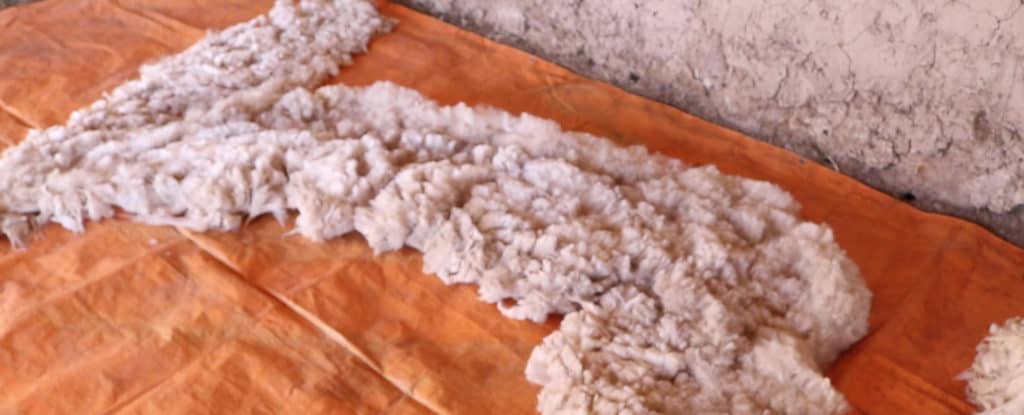
Then, when only the longest hairs are left, these will be carded. Carding is the process of combing the wool fibers so that they become more uniform. This is done either by gently pulling or stretching out the hairs until they are ready to be spun.
Step 4: Torsion (Twisting)
After carding, it is time for the torsion of the wool. During this step, the wool will be made into thick skeins of wool, which can be done either manually or with machines.
This technique is called torsion (link goes to information from the Universidad Andina) and it is what gives alpaca wool its final strength. Depending on the type of wool that is being made, there are different “grades” of twisting: the more it is twisted, the stronger the fiber will become. However, if overdone, the wool can lose its softness and become too hard.
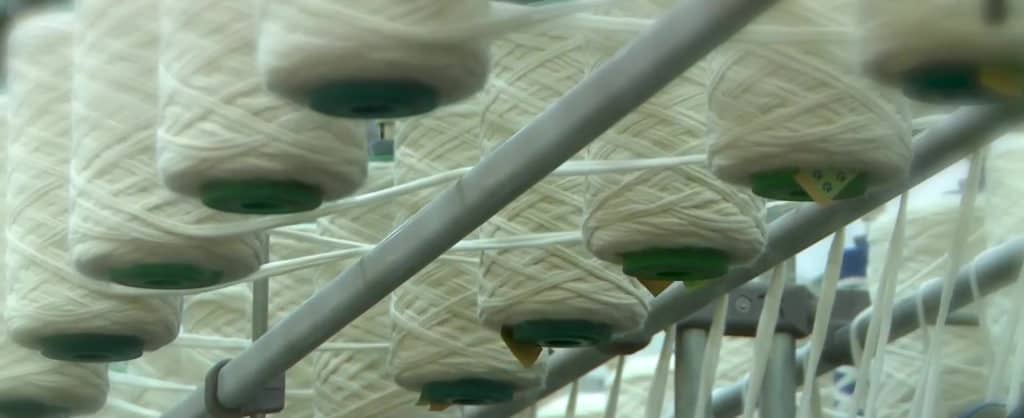
In Peru, this is often done manually as well. You will very often see women with a large batch of fluffy fleece, turning it magically into spun wool with a wooden spinning wheel. They make it look like the easiest thing one can ever do, but believe me… It is a true art and not just for everyone!
Step 5: Washing
Washing the wool is the next important step in the process. Different than sheep’s wool, alpaca wool is actually washed after it is spun.
It is needed to remove any stains, dirt or grease that can be found on the hair. The washing is done in lukewarm water, placing the wool underwater for about 30 minutes. It is important that the wool isn’t rubbed, wringed, or squeezed. During the washing process, shampoo or some type of detergent is used to remove any grease and dirt.
During this step it is also time for the wool to be dyed. Even though the alpaca comes in 24 natural colors, you will be able to find an even greater variety of flashing colors that will have been either naturally or industrially dyed. Dyed alpaca wool will be washed a second time to get rid of any extra dye.
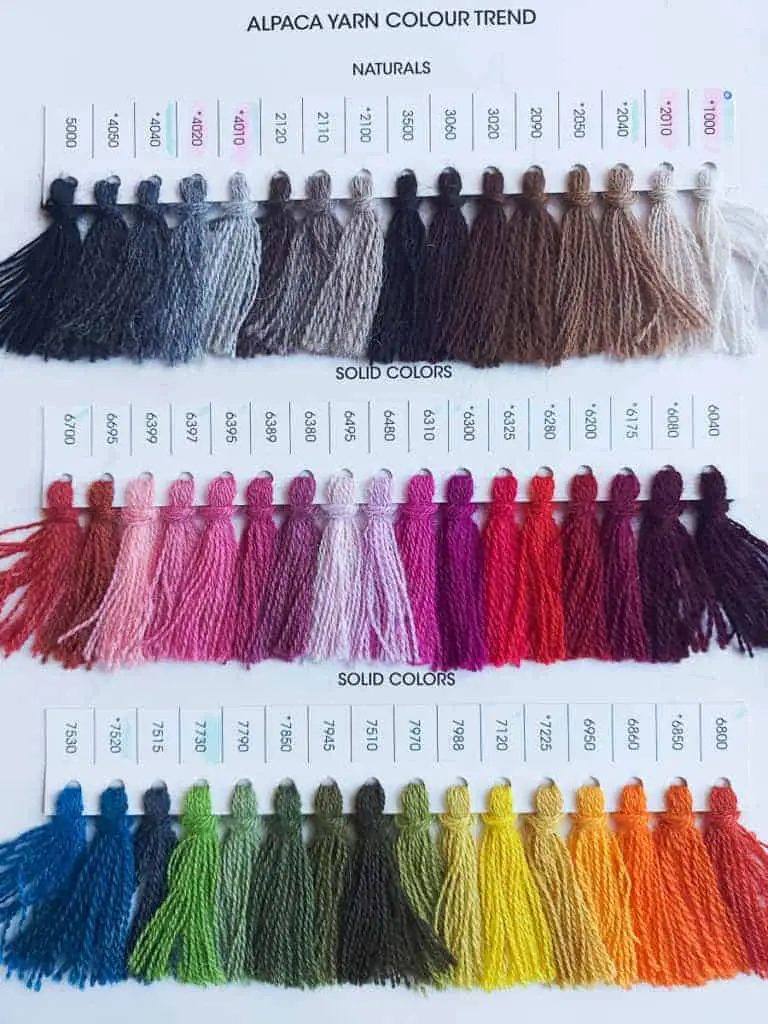
Step 6: Drying
The spun and washed wool is then drained and laid out, so that it can dry. Alpaca wool needs to be air dried. Again, it is important that there is no friction or rubbing, to prevent the wool from felting.
Step 7: Finalizing the Process
When the wool has dried, it is ready to be spun into a finalized product. Depending on the producer, this can also be done manually or by machines.
It is important that the cone is easy to use for either handknitting or machine knitting.
How Much Wool Do You Get From One Alpaca?
An adult alpaca can produce a cut of 5-10 pounds of fiber. This will make for a similar amount of wool as not much of the fiber gets wasted during the process.
What Can You Do With Alpaca Wool?
Now that you have a perfectly winded cone, what can you do with it? Well, lots of possibilities here: alpaca wool can be used for making sweaters, mittens, hats, scarves, blankets, and outdoor garments. It can also be used for making exclusively fine fabric that can be used for suits and coats.
I wrote an entire article about the different uses of alpaca wool, you can find it here:
23 Things Alpaca Wool Can Be Used For
To me, alpaca wool is the perfect material on this planet. From beginning to end, the process is ethically responsible, animal friendly, it generates great working opportunities for indigenous people, focusing on maintaining traditional techniques… It’s just great. On top of that, I believe that there is no superior wool than alpaca wool. The list of qualities is endless and after having started wearing it, there’s no way back to synthetic fabrics.
After having spent five years living in South America, I found a way to achieve an even greater cause for this beautiful animal’s wool and started my own brand of alpaca woolen products. All knitwear is made by women in Bolivia, who receive amazing salaries, are given courses and training and a flexible working schedule.
Check out the products in the Yanantin Webshop!
